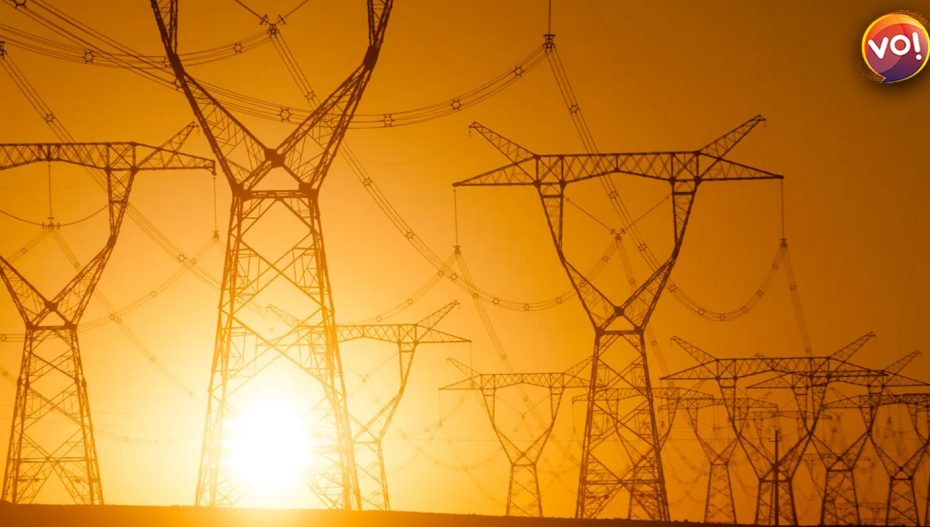Gujarat government has increased fuel surcharge for almost all consumers for the third time in 2022. The reason behind the hike is purchasing costly power from the energy exchanges. On April 29, Gujarat Urja Vikas Nigam Ltd (GUVNL) directed the four electricity distribution companies to charge Rs 2.30 per unit, as per the Fuel & Power Purchase Price Adjustment (FPPPA) increase of 10 paise.
GUVNL also added that GERC(Gujarat Electricity Regulatory Authority) approved to recover an additional 32 paisa per unit from all consumers, except agricultural consumers for whom the Gujarat government subsidies the electricity consumption.
The revised FPPPA charge of Rs 2.3 per unit will apply to all consumers from April 1, 2022. If GERC approves, the FPPPA could increase to Rs 2.62 per unit. The FPPPA charges every consumption unit on a monthly or bi-monthly electricity bill.
Although the Gujarat government is not raising the electricity tariff, the fuel surcharge is constantly rising. Last year, the FPPPA charges were Rs1.80 per unit. After this, they hiked the prices five times. GUVNL recorded the previous hike on March 3, 2022, when they directed the tour-state distribution companies to increase charges to Rs 2.20 per unit for consumption in February and March 2022.
GUVNL has admitted that during 2021-22, the increase in purchase cost of electricity, high prices of imported coal and gas, exorbitant price in power exchanges, and increased demand were reasons for hiking FPPPA.
A senior official of GUVNL said that the increase in the coal prices was intentional, and the purchase of 40 percent of our electricity from projects using imported coal like the Tatas, Adani, and Essar. Secondly, there are more purchasers in the open market than sellers, so the average per-unit price jumped to Rs 20. The CERC later reduced it to Rs 12 per unit. Thirdly, industries with captive power plants have switched to the grid, causing a spike in power demand. Because of these reasons, the power purchase cost has gone up significantly.
When asked if there is still a deficit between the demand and supply in Gujarat, the official said, “Every day, we supply almost 21,000 MW, which is about 455 million units in districts, including Ahmedabad and Surat. We are buying 1-2 million units of power from the energy exchanges during the early morning or late evening when the demand peaks. We cannot go for load-shedding, so we are purchasing expensive power.”
The need for electricity in Gujarat has increased to over 20,000 MW this summer, forcing the government to buy power from the energy exchanges. As the coal crisis hit Gujarat in October 2021, the state bought power exchanges ranging between Rs 15 and Rs 17 per unit.
KK Bajaj, a power regulatory based in Ahmedabad, said that the coal shortage and the poor plant load factor of several electricity generating units forced the government to buy expensive power from the exchanges. There is also increased demand from smaller consumers due to summer. The increase of 10 paise per unit will burden the consumers of Gujarat with Rs 287 crore every month.
According to him, GUVNL purchased 2,893 million power units from Indian Energy Exchange in the fourth quarter of 2021-22 at Rs 5.14 per unit. During the same period, Gujarat bought 2,075 and 1,803 million units from Tata Power and Adani Power, respectively, at Rs 7.43 and Rs 7.7 per unit.












